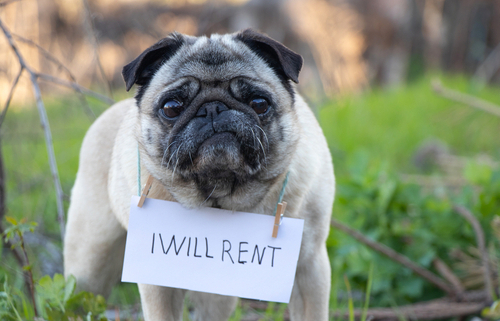Pet-Friendly Rental Property Policies
Let’s face it…not all landlords are fond of pets living at their rental properties. Some landlords do this because they love pets themselves, so they have a great understanding. On the flip side, allowing pets on the property can pose risks, from additional property damage to pet-induced injuries. However, there are landlords who have certain policies in place to reduce the risks and avoid any mishaps. See our list below.
- Pet Agreement – Landlords can reduce the additional risks created by having pets on their property by creating smart pet policies, putting them into a “pet agreement,” and including the agreement as part of the lease.
- Identify the Type of Pets Allowed. The pet agreement should specify which type of pets are allowed on the property. Some landlords only allow animals such as dogs, cats, or fish.
- “Dangerous” Dog Breeds. There are certain dog breeds that are banned due to having a propensity toward violence. Although we know that every breed can be trained well, we cannot erase the common misconception that some breeds are considered dangerous.
- Weight Limits. Some landlords put a weight restriction on dogs. For example, they may only allow you to bring a dog who is under 20 pounds.
- Identification, Licenses, and Vaccinations. There are some landlords who will require records of identification, licenses, and vaccinations.
- Pet Fee or Monthly Pet Rent. Many landlords routinely impose a “pet fee,” in addition to the normal security deposit, reasoning that pets typically cause added wear and tear to an apartment.
As you can see, there is a lot to be considered when it comes to moving your pet to a rental property. You can see that it poses a liability, but with a good, understanding landlord, you should be able to make it work!



